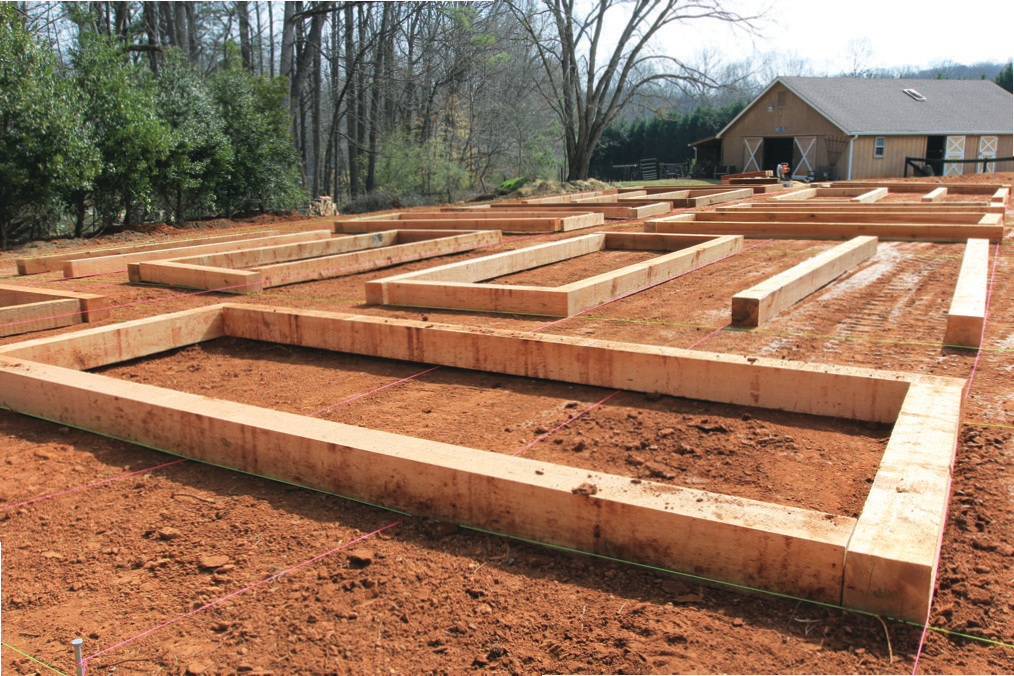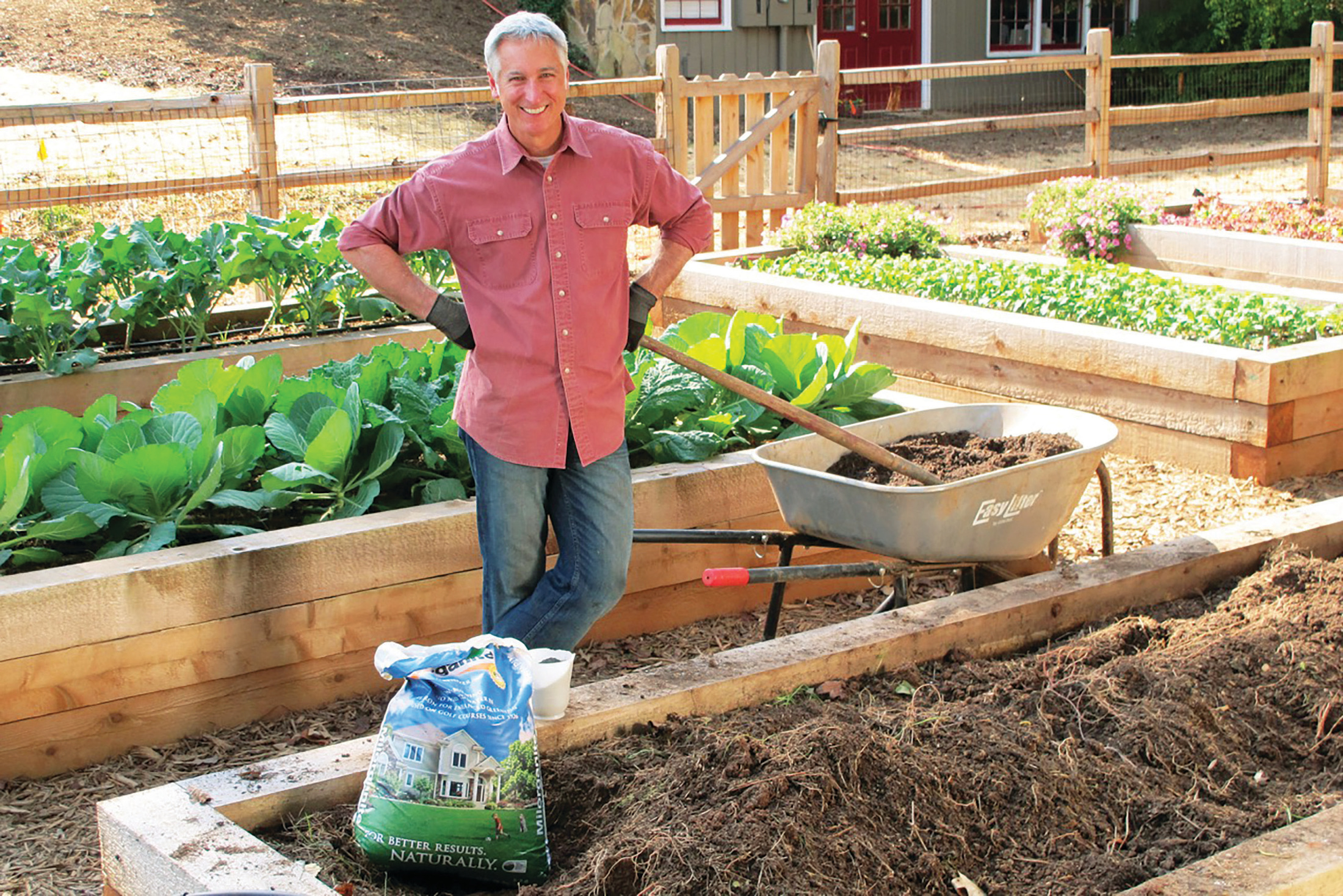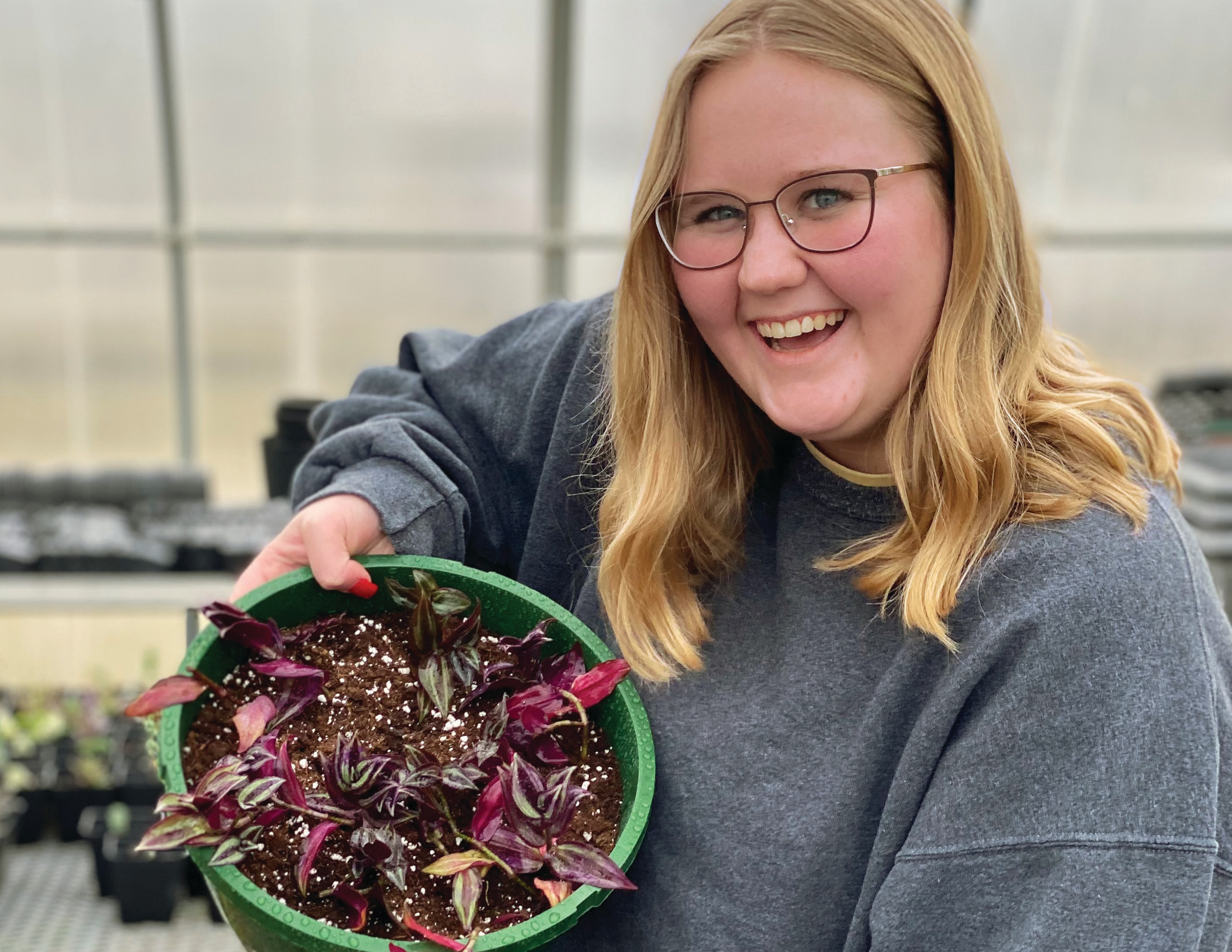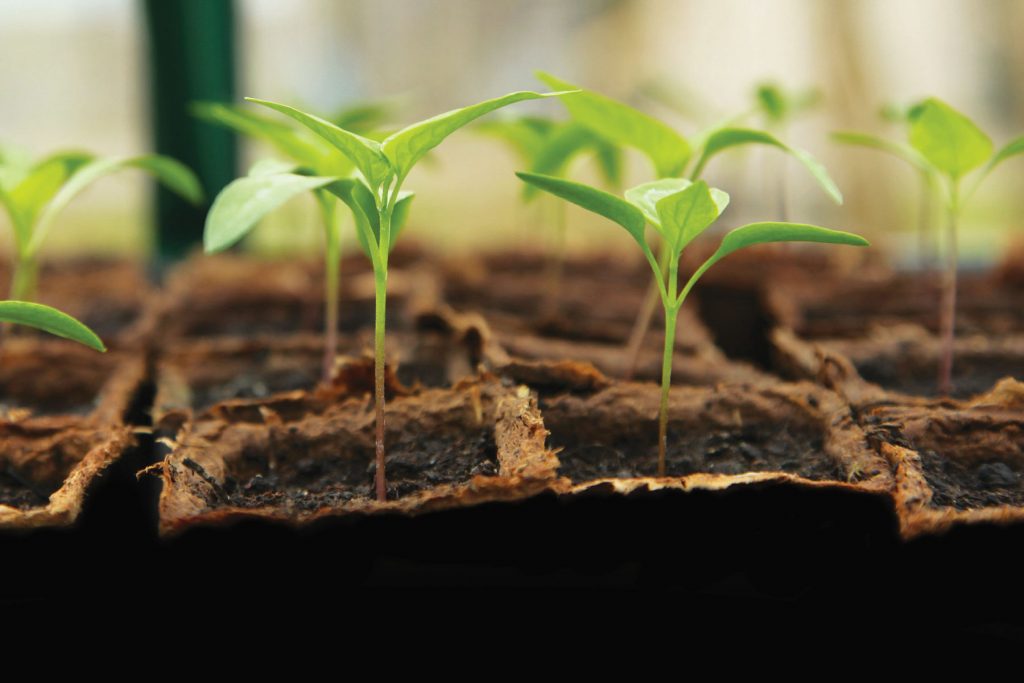 The Fun of Food Gardening
The Fun of Food Gardening
Whether you have a multiple-acre plot or just a patio, you can grow your own vegetables. With a little bit of know-how and a sunny place, enjoying the bounty of your own labors can be fun, rewarding and tasty.
“There are so many reasons to grow your own vegetables, and the flavors are ever so much better than store-bought,” says Joe Lamp’l, founder of joegardener.com and host of the nationally syndicated “Growing a Greener World,” which airs on public television in all 50 states. “Money can’t buy the kind of taste you get fresh from the garden or the satisfaction of knowing you’re eating what you’ve grown.”
Growing summer vegetables like tomatoes, squash, cucumbers, beans and peppers is dependent on the weather. You can start seeds indoors about eight weeks before the date of the last frost, or you can purchase seedlings from a local nursery or box retailer once all danger of frost has passed.

Many gardeners choose raised beds because the elevated areas mean less bending and squatting when it’s time to plant, tend and harvest.
Tennessee’s seven U.S. Department of Agriculture hardiness zones require special attention when gardening. If you’re in the northern areas, zone 5b may have its last frost date a full two weeks after the southern part of the state, which is in zone 8a.
“Knowing the date of the final frost of spring is crucial for planting seedlings,” says Chris Cooper, residential consumer horticultural agent with the Shelby County office of the University of Tennessee Extension. “You want to avoid harming tender seedlings with frost; it could damage the leaves or even kill the seedlings if the temperatures drop severely.”
He suggests using row covers for surprise temperature dips. “This will help hold the heat in and protect tender leaves,” he says. “Just be sure to remove the covers once the day’s temperature warms up. Otherwise, you may inadvertently burn the leaves with too much heat.”
Once the soil warms up, beans, squash and cucumbers are easy to plant directly in the garden. Their germination time is fairly quick. Be sure to purchase seeds packaged for the current year by finding the date stamp on the package, and follow the planting instructions.

Joe Lamp’l, founder of joegardener.com and host of nationally syndicated “Growing a Greener World,” says a slow-release organic fertilizer is a good way to deliver nutrients to vegetables as they produce.
“Vegetable plants are heavy feeders,” Lamp’l says. “It’s important to fertilize them as they start to produce. A slow-release organic fertilizer is a nice way to deliver the nutrients on a continuous basis. Be sure to follow the application instructions for best results.”
Top-dressing vegetables with compost during the growing season provides additional nutrients and improves the soil.
Sunlight, soil and water
Three components are vital to successful vegetable gardening: sunlight, soil and water.
“Choose your spot carefully to have plenty of sunlight — at least six hours a day,” Lamp’l says. “Look for a place that’s not obstructed by trees or other buildings. Sunlight is one of the three basic components to successful gardening. The other two are good soil and having access to a reliable water source.”
Many gardeners build raised beds. By elevating the growing area off the ground, it’s easier to plant, tend and harvest with less bending or squatting.
“Most people choose wood to construct raised beds, but be sure to consider the size,” Lamp’l says. “Use 2-by-12-inch boards to build a bed that your space can accommodate. Be sure to make it about 3 feet wide to give good access from all sides. This will make weeding and harvesting easier, and you can more closely inspect your plants for signs of disease or insects as they grow.”
Leave enough space between beds for a wheelbarrow to pass to bring soil and mulch into the garden area.
The soil in your garden is crucial for good production, and with raised beds, you have more control over soil composition, nutrients in the soil and soil quality.
“Packaged garden soil is a good choice because it’s disease- and weed-free, but be mindful of the quality. Cheaper is not better,” Lamp’l says. “The soil provides the main support for your plants, so it needs to have the right nutrients and the right texture. If the soil compacts too easily, it will be difficult for plant roots to thrive. Amend it with organic matter, also available at your box retailer or local nursery, to promote good growth.”
Make sure a good water source is nearby to avoid constantly moving hoses back and forth throughout the growing season. “In an ideal world, drip irrigation is best, but it can be costly to install into each bed,” he says. “Consider hand watering if you have a smaller garden plot. Apply the water directly to the base of the plant to prevent wetting the foliage. Prolonged periods of wet foliage can increase the potential for plant disease.”
Watering can be tricky. “Don’t water just because it’s a certain day of the week because you run the risk of overwatering,” Lamp’l says. “Check the moisture level of the soil, and water accordingly, allowing enough flow to soak the ground. Then wait until the top inch or so of the soil feels dry before watering again. Your plants will be healthier and produce better results.”
Patio and deck
Some vegetables are well suited for planting in containers as long as they have ample sunlight. Again, at least six hours a day applies.
Tomatoes are available in patio and bush forms that are more compact and better suited for containers. Growers have also introduced a wide variety of peppers — from sweet to hot, plus colorful bell peppers — that grow nicely on a patio.
“The key is to provide a container that’s large enough for the roots to grow and support production,” Lamp’l says. “Containers also tend to dry out more often, so it’s important to keep them properly watered. Feeding regularly is important as well.”
Lamp’l suggests avoiding clay or terra cotta pots that lose moisture more quickly.
“Lighter-colored plastic pots work better, but make sure they have drainage holes in the bottom,” he says. “Adding a layer of mulch will help retain moisture and keep the roots a little cooler.”
Patience pays off
Gardening is a lifelong learning experience, and Lamp’l says that no one gets it 100 percent right all the time.
“Don’t get frustrated if you’re not successful in your first year of growing vegetables,” Lamp’l says. “Much of gardening is trial and error. The number of resources — YouTube, websites, blogs and more — is infinite and can be overwhelming, so learn to filter the sound advice from the not-so-good.
“You also have an excellent local resource just a phone call or web click away with your local extension office,” he says. “They can help solve pest and disease issues, answer your gardening questions and connect you with other gardeners. And, best of all — it’s free.”

Macon County High School student Kelseigh Eakes shows off a purple wandering Jew basket in preparation for the greenhouse management class’ annual plant sale that starts April 15.



